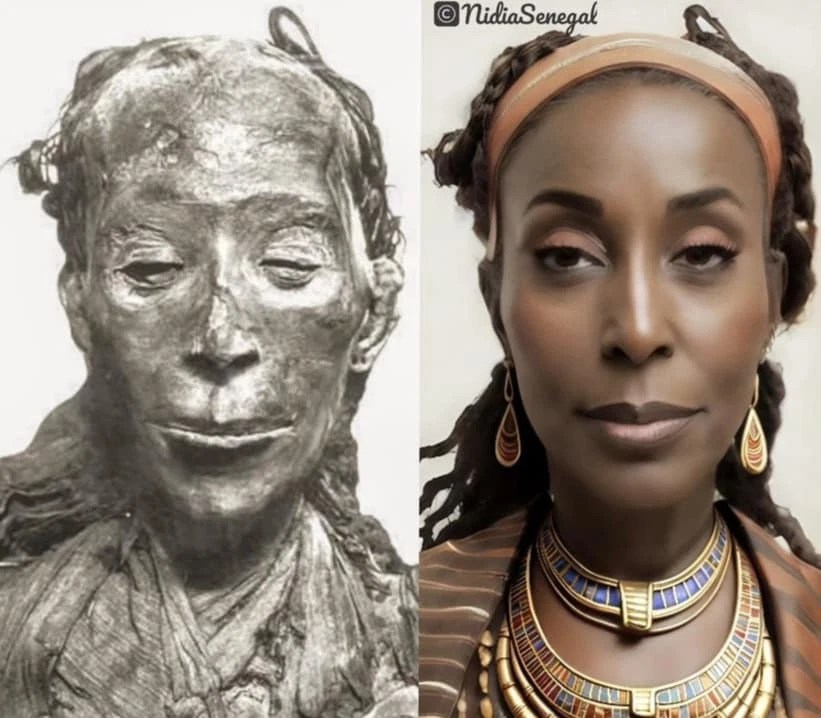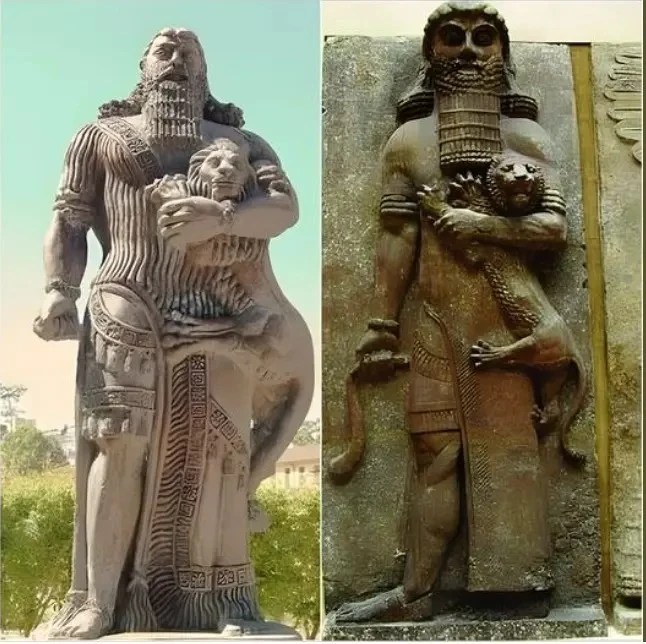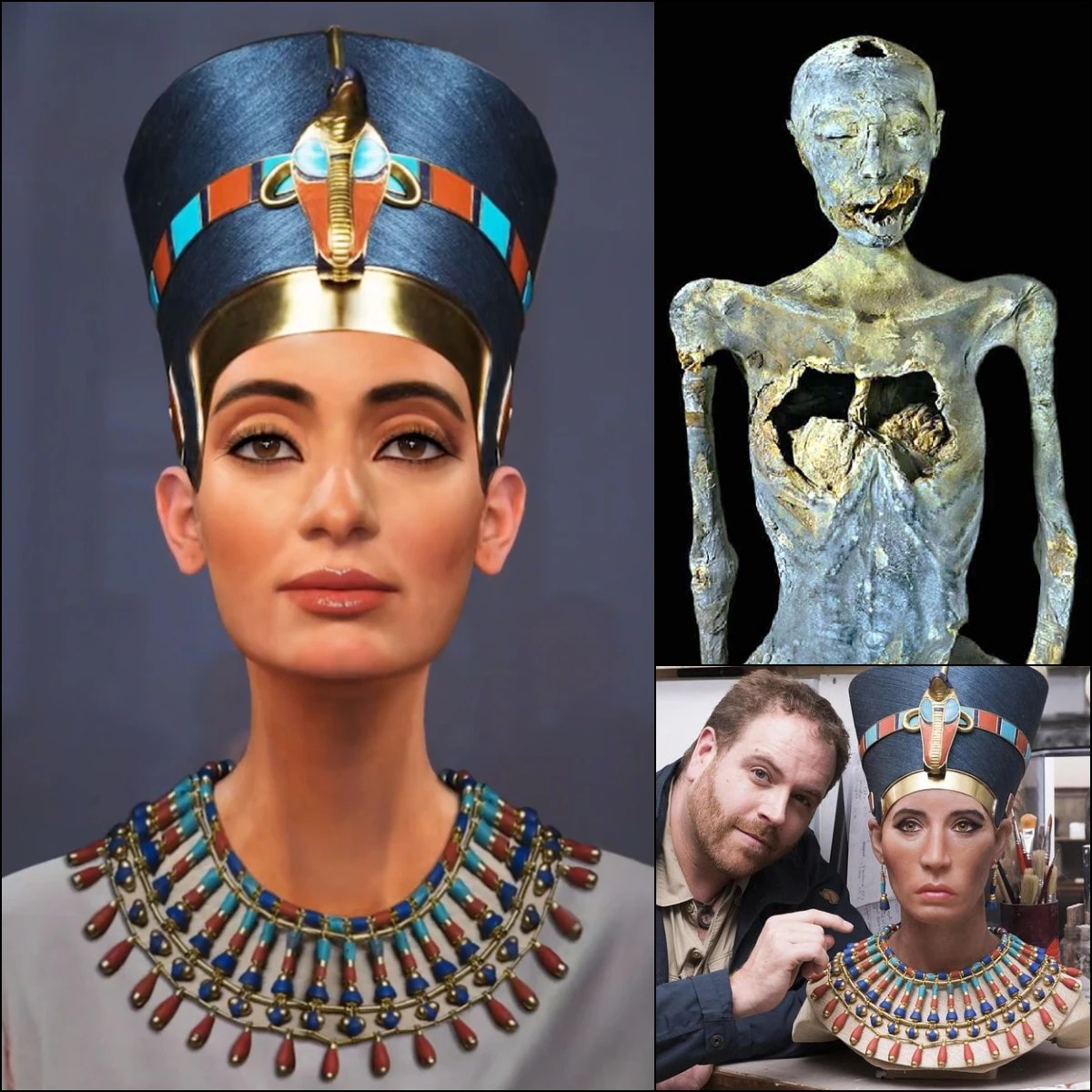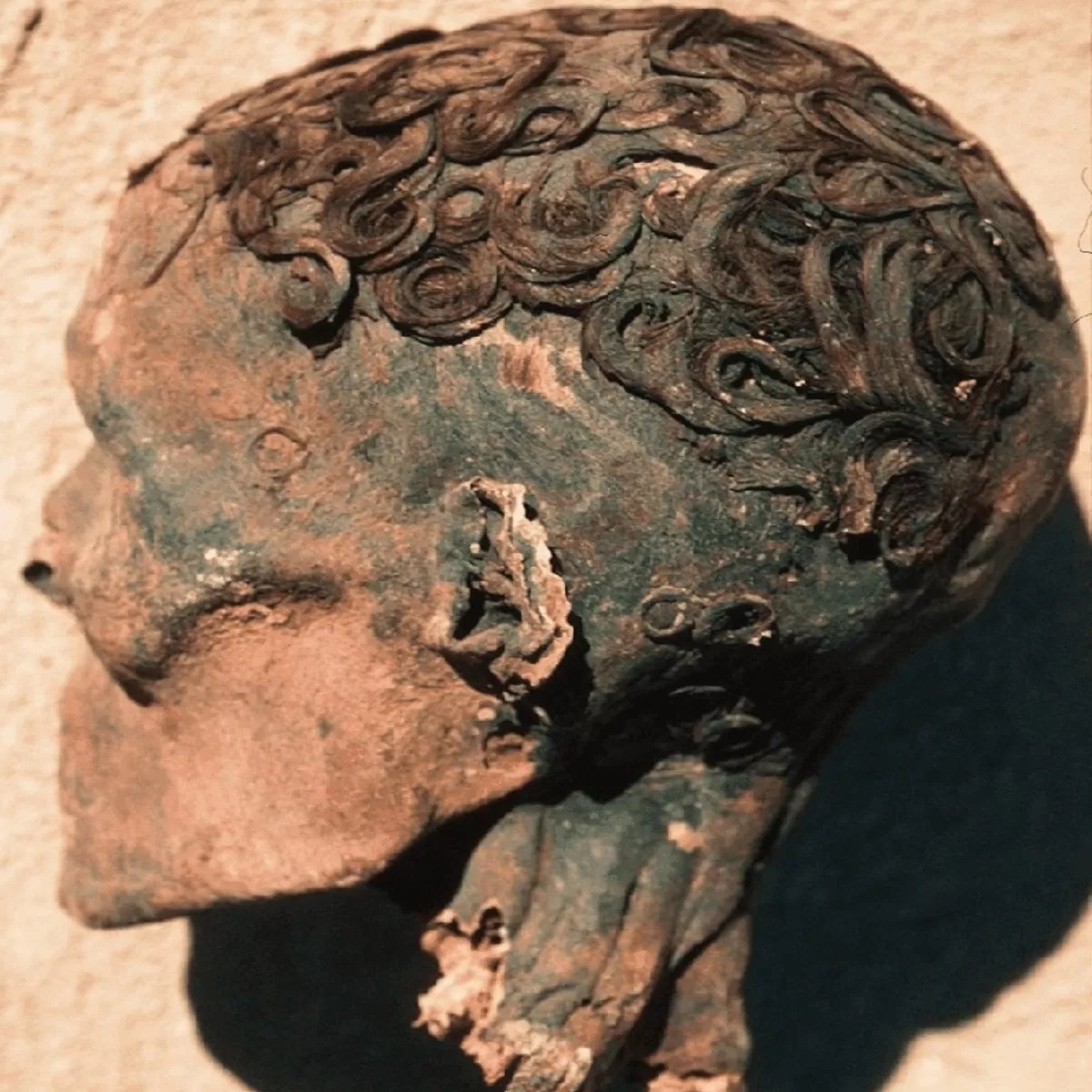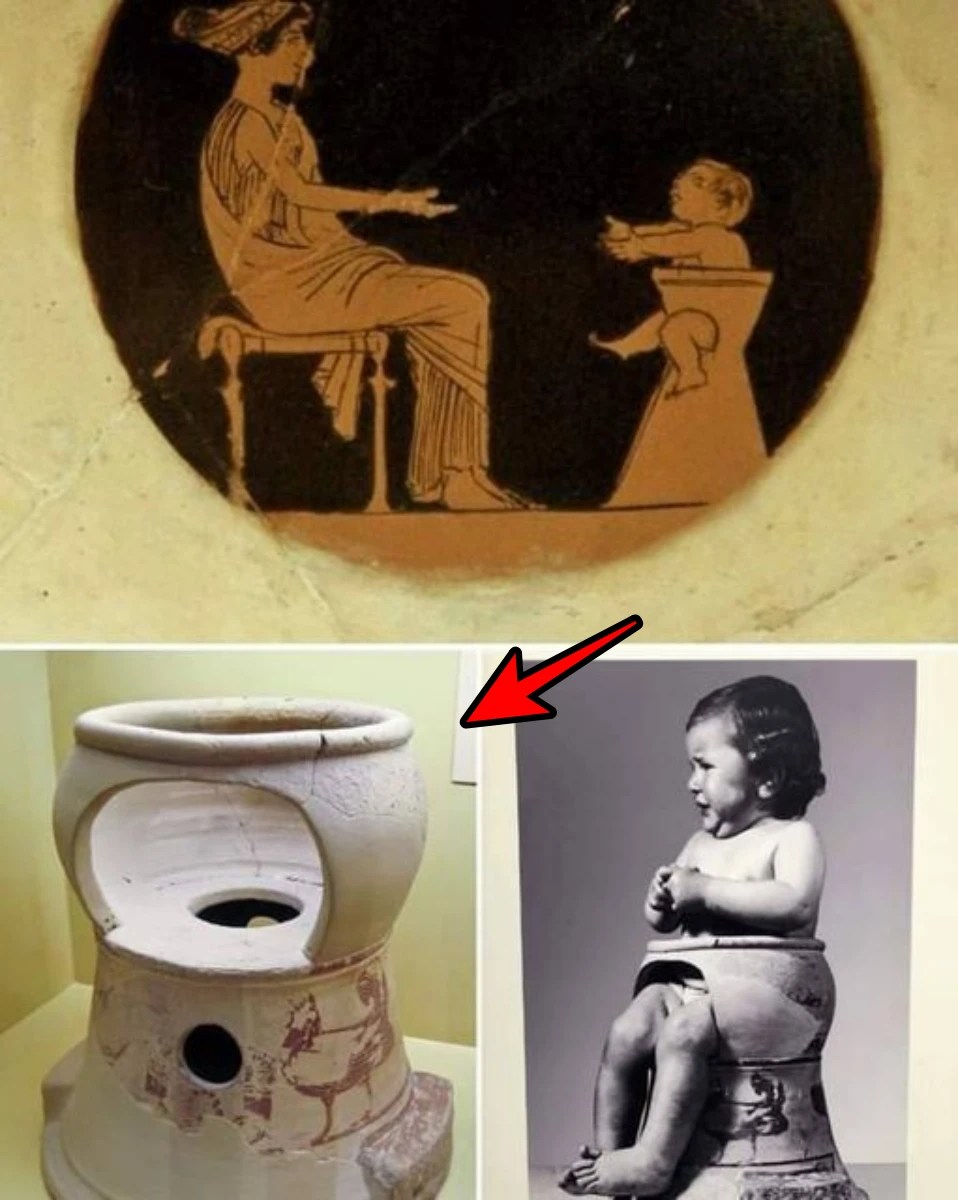The Human Tail: Evolution’s Mark or Rare Anomaly?
The vestigial tail in humans is a rare anatomical manifestation that has its origin in the most distal remnant of the embryonic tail, a structure present during the early stages of fetal development. This vestigial tail develops in the final region of the sacrum, specifically at the level of the coccyx, and is made up mainly of adipose tissue, connective tissue, striated muscle, blood vessels and nerves, all covered by skin. Although it is an extraordinary trait, it provides an interesting window into human evolution. The formation of this tail occurs due to genetic alterations that prevent the resorption of…
2 min read



